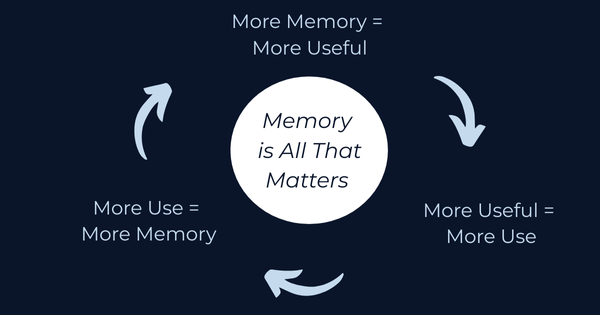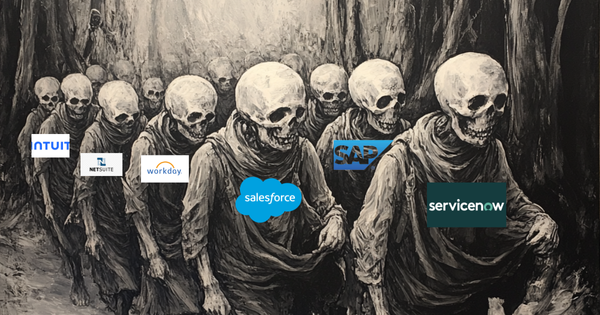Building My Digital Brain Part 2: Ownership & Control

This is the second installment in my series on building my own digital brain.
In this post, I'll cover:
- Why digital brain ownership and control matter
- Options for owning and controlling my digital brain
- Why I'm starting with a hybrid approach
The Importance of Digital Brain Ownership & Control
I want to own and control my digital brain for the same reasons I want to own and control my physical brain:
- Freedom: If a company controls my digital brain, they control me.
- Wealth: My knowledge and experience are valuable. If I give them to a Big Tech company they benefit instead of me.
- Privacy: I want full control over what information I share, when, and with whom.
We've already lost significant control of our digital data to Big Tech.
Everyone owning their own digital brain is a way we take back that control.
Digital Brain Ownership and Control Options
Digital brain ownership and control exist on a spectrum:

1. Proprietary, Company-Owned Digital Brains
A company owns “my” digital brain’s storage, retrieval, intelligence and hosting.
Examples: OpenAI's ChatGPT, Google's Gemini, Microsoft's Copilot
Pros:
- No setup required
- User-friendly, especially for non-technical people
- Access to powerful AI models
- Often free to use
Cons:
- No ownership of any component of my digital brain
- You're the product, not the customer
- Limited control and customization
Open Source, Self-Hosted Digital Brains
The storage, retrieval, intelligence, and hosting of my digital brain are all owned and controlled by me.
Pros:
- Full ownership of all components
- Complete control and customization
- Maximum flexibility
Cons:
- Complex setup
- Less powerful AI models (currently)
- Potentially costly hardware requirements
3. Hybrid Digital Brains
Use some open source components and some proprietary components.
Pros:
- More ownership and control than proprietary options
- Easier setup than fully self-hosted solutions
- Access to powerful AI models, both proprietary and open-source
- Can be used on any laptop or smartphone
Cons:
- Less ownership and control than fully self-hosted options
- More complex setup than proprietary solutions
- May incur some costs
Why I'm Starting with a Hybrid Digital Brain
The hybrid approach currently offers the best balance of ownership, control, performance, and ease of use.
It allows me full control over each component of my digital brain, and ownership over the most important components.
Here’s how I’m approaching it:
Storage:
This is crucial…
I must own and control where my digital data, knowledge, and information are stored.
Retrieval:
I want to own and control both the interface and the retrieval application.
This governs how my digital assets are stored and used.
Intelligence:
I want to use the most powerful AIs, regardless of ownership.
However, I insist on owning and controlling any model trained on my personal data.
Hosting:
I'm open to using a hosting provider like GoDaddy, provided I:
- Maintain full ownership and control over my storage and retrieval applications
- Can easily move to another provider or self-host if needed
Next Steps
Hopefully you now understand why ownership and control is the most important component of the digital brain I am building.
But it’s not the only component.
Defining the criteria for my digital brain beyond ownership and control is what I'll be writing about next.
If you're not already on my email list and would like to be notified of new posts, you can sign up for free here.
Have comments or questions on what I’ve written above?
See something I missed or got incorrect?
Please let me know in the comments section below.
Thanks for reading!
Dave
P.S. I'm building a community for people that want to create, control, and benefit from their own digital brain.
I'd love it if you'd join me.
You can do so for free at DigitalBrainBase.com.





